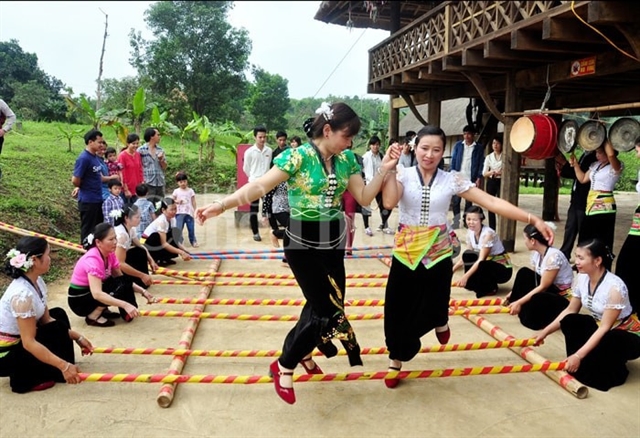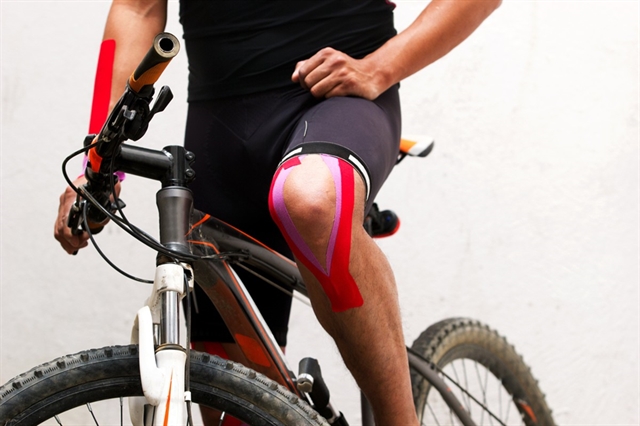 Life & Style
Life & Style


|
| Dr. Andres Sosa. Photo courtesy of Family Medical Practice |
Dr Andres Sosa*
In the previous articles we introduced the meniscus, explained the three main causes for it to tear, and finally we are getting to answer if it’s wise to run on a torn meniscus or not.
Many runners run with a meniscus tear, however, this increases the risk of suffering more damage or new injuries.
The answer to the question, “Can you run on a torn meniscus” depends on several factors, and as such, it is not a straightforward yes or no.
If you are suffering from a symptomatic meniscus tear, the first port of call should be to take a few days off running and try to assess the level of damage.
The most common mistake runners make is jumping back into running too quickly.
Continuing to defiantly run with a meniscus tear may slow the healing process, prolong the course of the injury, and cause long-term damage.
The likelihood is that if you’re suffering from a severe meniscus tear or rupture, your body needs to rest.
If the meniscus tear symptoms are mild and don’t deteriorate with exercise, then a substantially reduced volume of running is certainly possible.
How to Effectively Treat a Torn Meniscus
What level of rehabilitation you will need to do depends on the severity of the tear.
I guide my patients as to whether the meniscal tear will be treated surgically or non-surgically because not all meniscus tears need surgery.
This will usually depend upon the characteristics of the tear and the person being operated on.
How long after meniscus surgery can I run?
After surgery, you will be guided through a programme of rehabilitation to bring function back to the meniscus.
If surgery is not clinically necessary, then the best way to heal a meniscus tear is to progressively heal and strengthen the knee through exercise therapy.
Here is an example of a rehab programme:
Phase 1: Reducing pain
If your injury is acute, you can use the RICE method (rest, ice, compression and elevation) to help treat your pain right away.
This phase is focused on easing your symptoms and reducing the level of inflammation. Modify your activity levels depending on the severity of the tear.
Rest allows the body to heal. But too much of it can lead to muscle wastage! Find the right balance.
Phase 2: Improve strength
Is it OK to exercise with a torn meniscus? Yes, but which loading level is appropriate for you depends on the stage and severity of your meniscus tear and how experienced you are with resistance training.
Aim to exercise within a range of motion and load volume that is comfortable for you. Avoid activities with heavy loads in positions where there is likely to be meniscus compression.
It can also be useful to try out some cross-training exercises like swimming or cycling.
They can be a fantastic resource for maintaining cardiovascular fitness without putting too much impact on the knee joint.

|
| It can also be useful to try out some cross-training exercises like swimming or cycling. Photo shutterstock.com |
Phase 3: Functional rehabilitation
So, how long after meniscus surgery can I run? Usually, at this stage of rehabilitation, you can start to re-introduce running.
However, running induces a high level of impact. So be sure to re-introduce it gradually.
You can also utilise plyometric exercises to introduce the meniscus back to impact-based exercises. This conditioning can be graded by increasing weight, time under tension, and number of repetitions.
A gradual return to running and other usual activities, alongside a strength phase, will often be enough to rehabilitate a meniscus tear.
In a nutshell, the meniscus plays a vital role in the stability of the knee. Overuse, muscle weakness or impact may cause the meniscus to tear. Meniscal tears can be tricky, but knee pain that worsens with activity, swelling, a feeling of instability, limited range of motion, or trouble putting weight on your leg shouldn't be ignored.
Prevention is always better than the cure, so make sure to maintain the appropriate training intensity, and avoid sudden twisting motions to prevent injuries. You can also incorporate specific training plans to tackle weak muscles surrounding the knee. And remember there are different treatment options, including both surgical and non-surgical approaches. Talk to your doctor about how to maintain your knee health, and continue an active and healthy lifestyle! Family Medical Practice
* Dr Andres Sosa is our Orthopaedic Surgeon specialising in sports medicine and trauma. After his residency in Orthopaedics, he took a Master’s in Upper Limb Surgery at the University of Bologna (Italy). Furthermore, the Sports Medicine programme at Thomas Jefferson University in Philadelphia (USA) obtained his second Master’s in Shoulder Surgery with the University of Andalucía (Spain). Once in Việt Nam, he continued his surgical training with Arthrex ArthroLab (Singapore) focused on arthroscopic techniques for shoulder and knee injuries.
Dr Sosa joined FMP in 2018 and is responsible for all orthopaedic and trauma cases. He is also a sports nutrition expert from Major University (Chile) and is fluent in English, Italian and Spanish.
Visit Family Medical Practice Hanoi 24/7 at 298I Kim Mã Street, Ba Đình District.
To book an appointment, please call us at (024).3843.0784 or via Whatsapp, Viber or Zalo on +84.944.43.1919 or email hanoi@vietnammedicalpractice.com.
FMP’s downtown location in Hồ Chí Minh City is in Diamond Plaza, 34 Lê Duẩn Street, Bến Nghé Ward, District 1, and 95 Thảo Điền Street, District 2. Tel. (028) 3822 7848 or email hcmc@vietnammedicalpractice.com




